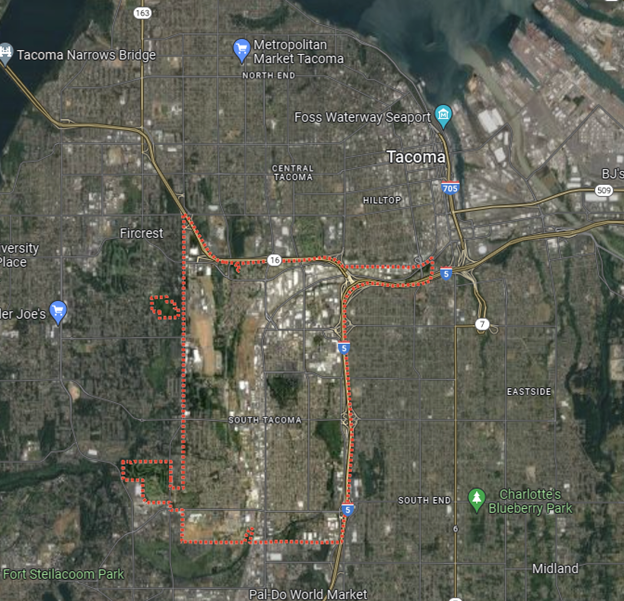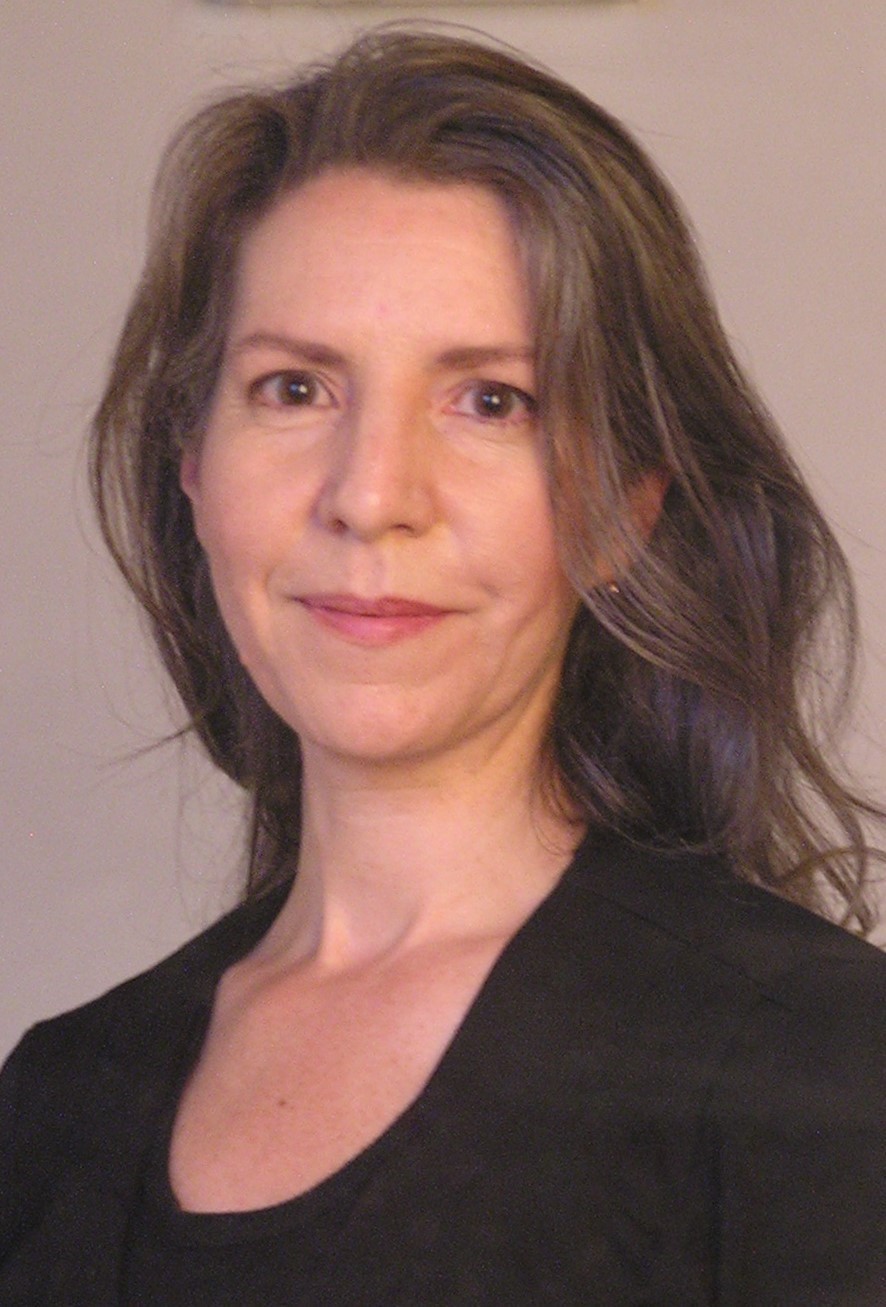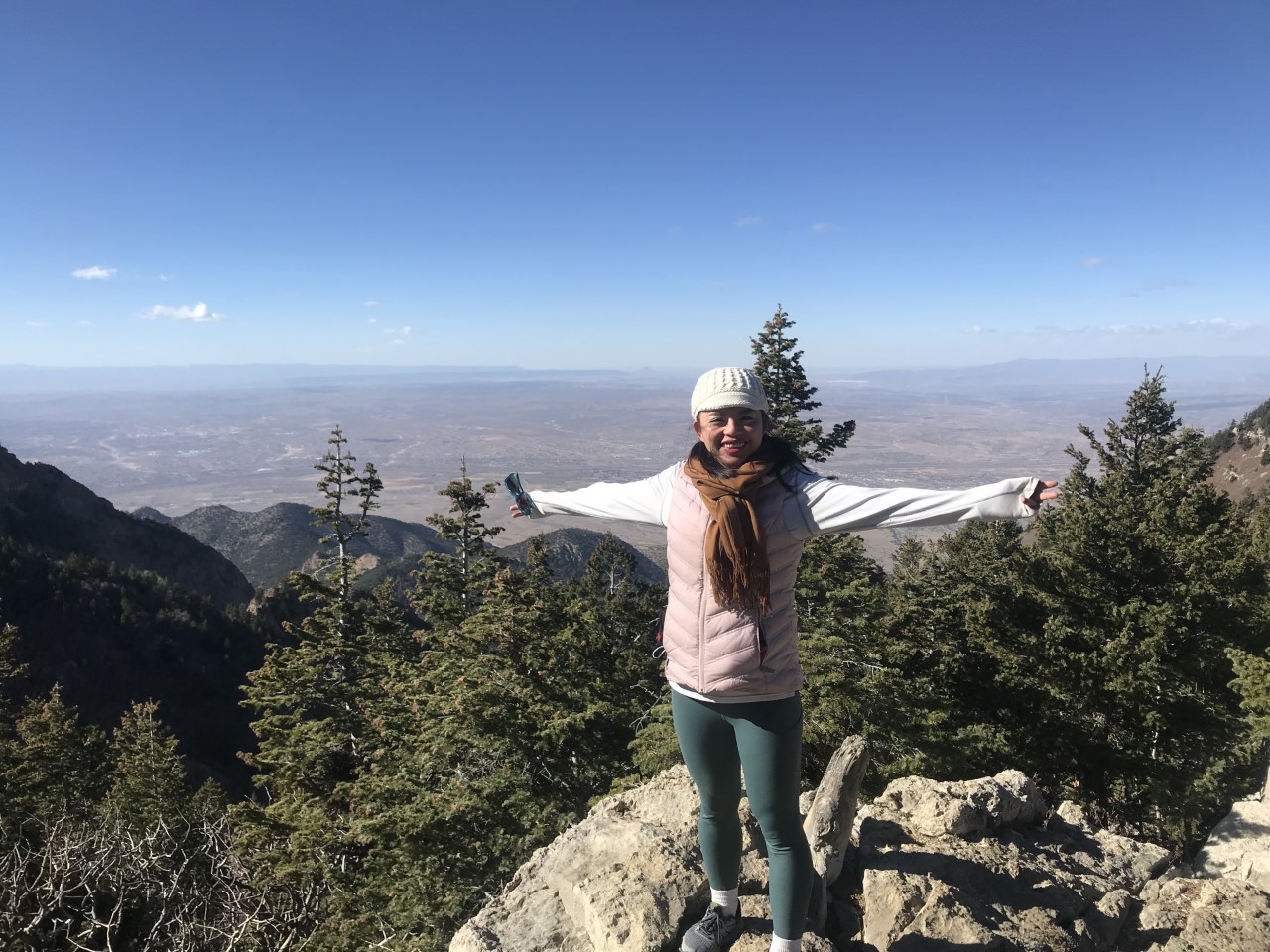Apply now to join our next cohort of Community Science Fellows and Community Leads!

Map of South Tacoma Washington area. Google Maps 2022.
The South Tacoma Aquifer provides up-to 40% of Tacoma’s back-up water supply, maintaining the wetland, and connecting the watershed to the downstream creeks which lead to Puget Sound. Over time, the aquifer has been negatively affected by heavy industrial zoning within the groundwater/recharge area and is now threatened by pending impervious paving. The South Tacoma Groundwater Protection District (STGPD) and its current zoning overlay need to be updated to reflect modern-day knowledge for better proactive action, instead of reacting to post-contamination which continues to occur, or potential water level loss. In order to update STGPD, the team will develop a clear explanation of natural infiltration and possibly a portable aquifer model which depicts the aquifer dynamic and crucial recharge zone.
Overview Images of South Tacoma – TEX
Scientific analysis of existing STGPD and analysis of aquifer infiltration
South Tacoma is a community made up of residential, recreational, school, and business districts, yet has the worst air pollution and illness/mortality rates in the United States[1][2][3]. South Tacoma is disproportionately impacted by heavy-industrial zoning nearby. It is one of the lowest-income and most racially diverse communities within South Tacoma[4]. The community has been requesting groundwater conservation and upstream natural area conservation, which is the final region providing aquifer recharge and confluence with downstream, as well as sustaining wetland [5]. The land-code under the present STGPD limits does not include adequate consideration for aquifer recharge. A new land code for Economic Green Zone encourages the transformation of the South Tacoma neighborhood from a significantly polluted dense industry town to an eco-friendly, non-polluting, and performance-based rewards community. The need to update the land-use code for the South Tacoma neighborhood is critical since the consequences would be irreversible if the next mega-warehouse project adheres to the present land-use code, which may disrupt aquifer recharge dynamics [6]. A scientific analysis will aid STGPD in reviewing and promoting land-code updates [7] .
To satisfy the STGPD updating requirement, practical analysis to depict recharge dynamics originating from the upstream natural area is required for the South Tacoma community to establish long-term regional aquifer sustainability. A portable and practical groundwater model will be created in a brief manner and used to data analysis. The model will include a land-use component as well as a connection between the surface hydrological process and groundwater. The goal of this model is to assess effective infiltration from upstream natural areas and its influence on the downstream aquifer.
South Tacoma community seeks to extend community participation with air quality research into local policy making once we develop a solid foundation of community-led scientific project and its application for local policy-making through aquifer conservation project for updating land use code.
The partnership between the South Tacoma community and the Thriving Earth Exchange program advances the aims of community science by having a long-term and large-scale influence on community resilience. Preventive actions are imperative. The validation of natural area’s importance and aquifer conservation’s necessity contribute to the long-term sustainability.
The analysis yield from the South Tacoma community for aquifer conservation, watershed health, and air quality serve the outcomes:
Early needs include scientific input for communicating best practices of natural infiltration/recharge from the community to city leaders. A groundwater model for aquifer conservation purpose may take six months to build (the model representing surface water-groundwater dynamic will need scientists’ input who will collaborate with South Tacoma community to decide the specific timeline). Data analysis will serve land-use code within the period of project. Milestones include feasible plan for modeling, data preparation for input, model building, infiltration scenario test, data analysis and visualization, and take-away messages for STGPD land-use code updating.
References:

Heidi Stephens is an active member of community and environmental groups.
Tim Smith is a long-time social justice and environmental activist.

Yining Bai
By the completion of the aquifer conservation modeling project, scientists and the South Tacoma community will develop and created a portable and simplified groundwater model, as well as published a clear and easily intelligible report with scientific analytical visualization. Scientists will help the team create and build a simpler groundwater model to portray the aquifer dynamic between upstream natural land and the downstream South Tacoma neighborhood. Scientists will lead the team in providing a simple visualized report for the community to describe the contribution to land-use code based on the modeling and scenario testing. During the project process, scientists will provide community input on modeling methodologies for the following water quality modeling and air quality analyses.
Thriving Earth Exchange asks all scientific partners to work with the community to help define a project with concrete local impact to which they can contribute as pro-bono volunteers and collaborators. This work can also position the scientists and communities to seek additional funding, together, for the next stage.
Interested in volunteering as a scientist? Apply now!
(c) 2025 Thriving Earth Exchange